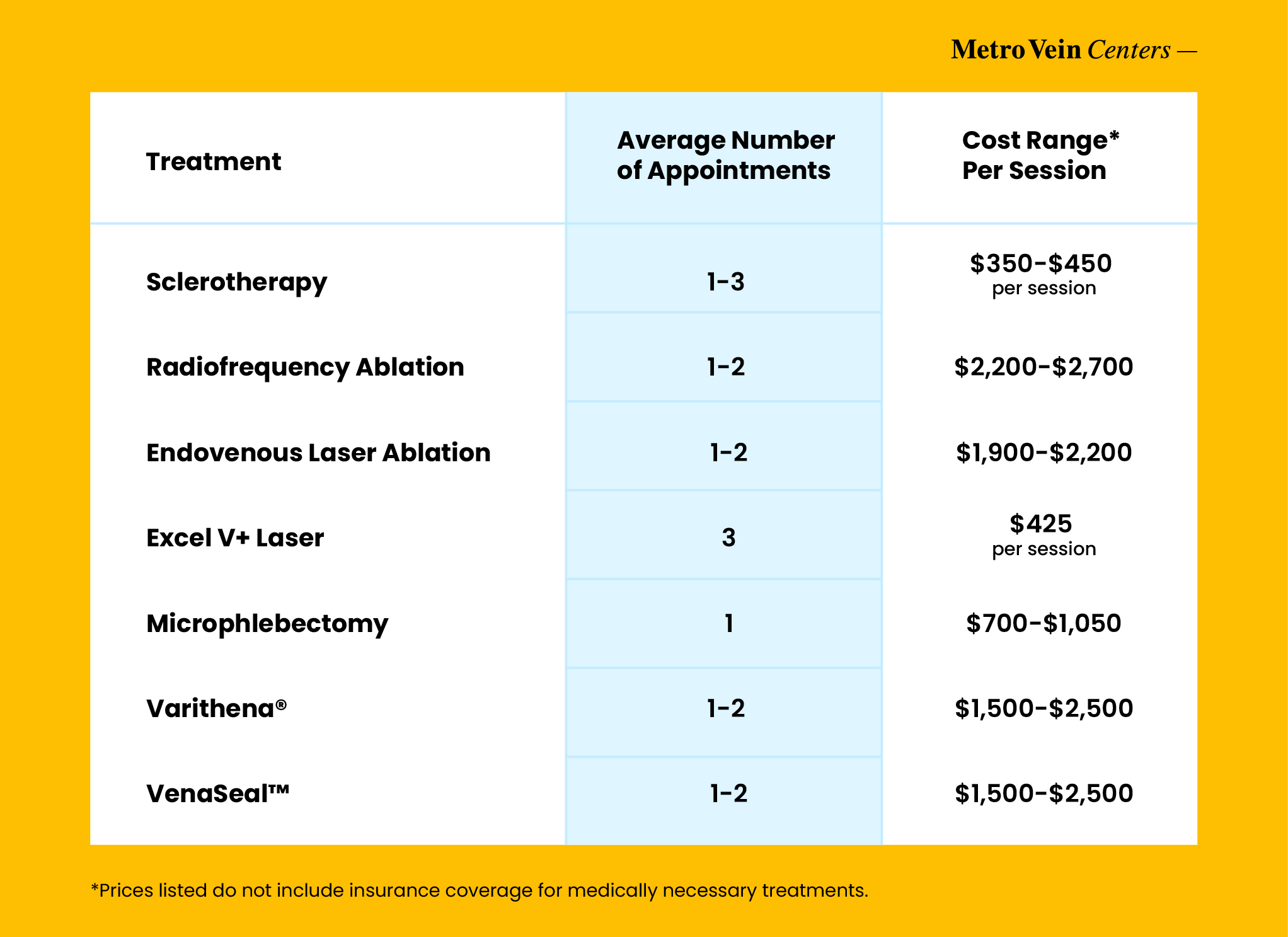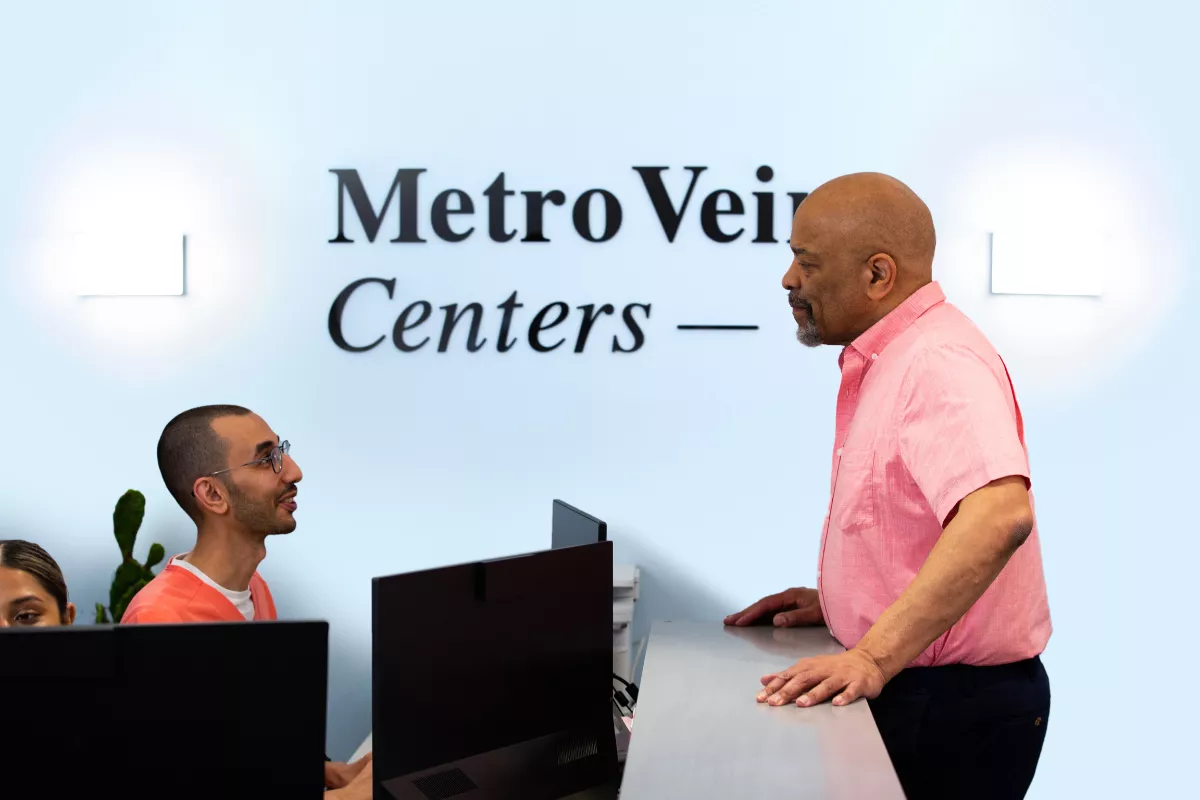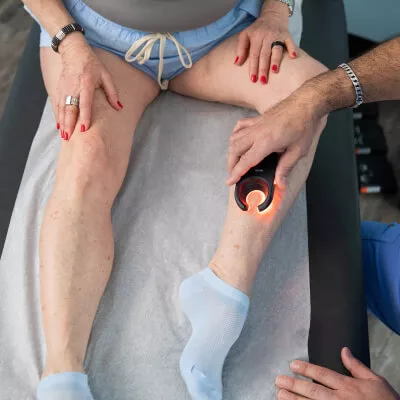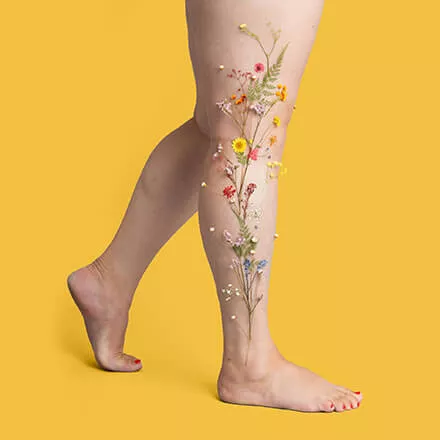This guide breaks down the cost of common varicose vein treatments, from sclerotherapy to advanced options like Venaseal(TM) and Varithena®. Learn about the factors that influence pricing, the role of health insurance in reducing out-of-pocket costs, and financial assistance options that make treatment more accessible.
Varicose veins can often lead to discomfort and pain, affecting your daily life. If you're considering treatment, it's important to understand the costs involved. The good news is that health insurance and other payment options can reduce your out-of-pocket costs and make the cost of varicose vein treatment more manageable.

Understanding The Costs
The typical cost of varicose vein treatment ranges from $400 to $2,000 per treatment session without insurance. Factors affecting the price include the specific treatment method, the number of veins being treated, and the expertise of the vein specialist.
Common Vein Treatments and Their Costs
The first step in determining the best treatment plan for your specific condition is to research the types of vein treatments available and their associated costs.
Sclerotherapy
Sclerotherapy pricing can range from $350 to $450. On average, sclerotherapy yields full results after 1-3 appointments, with visible improvement likely following the first visit. It can be used on both spider veins and smaller varicose veins.
Radiofrequency Ablation
Radiofrequency ablation (RFA) pricing can cost $2,200 - $2,700 and is often used as the first step in deeper varicose vein treatment. RFA can take 1-2 appointments on average, with noticeable results settling in a few weeks after the clinic visit.
Endovenous Laser Ablation
Endovenous laser treatment fees can range from $1,900 to $2,200. Like RFA, this treatment treats varicose veins in an average of 1-2 appointments.

Excel V+ Laser
Laser vein therapy expenses are typically $425 per session. The cost of this spider vein laser treatment may depend on how dark the pigment in the spider veins is, how much surface area their veins cover, and what part of the leg they appear on. Given these variables, the average patient sees full results after three laser vein treatment sessions.
Microphlebectomy
Microphlebectomies can cost $700 - $1,050. This minimally invasive vein treatment usually requires only one appointment, and the results are immediate. The "micro" in micro phlebectomy refers to the size of the incision and the portion of the unhealthy vein removed during treatment.
Varithena®
Varithena® can cost between $1,500 - $2,500. It is a foam medication injected into a vein with ultrasound guidance to pinpoint the exact area of need. The foam infusion causes the varicose vein to close safely and gently.
Venaseal(TM)
Venaseal treatment can cost between $1,500 - $2,500. VenaSeal is a unique medical adhesive that is injected into a diseased vein through a tiny catheter using ultrasound guidance. With a single injection, VenaSeal has a 99% success rate after six months in clinical studies and is one of the best options for permanently removing the symptoms associated with varicose veins.

Insurance Coverage for Varicose Veins
Most health insurance plans cover medically necessary vein treatments, which can significantly reduce your out-of-pocket expenses. However, cosmetic vein procedures like spider vein removal are usually not eligible for insurance.
In-Network Providers
When choosing a vein doctor, it's important to confirm whether they are in-network with your insurance plan (as likely, this means that they have a set price for services). If your vein clinic is out-of-network, prices may be less predictable. To determine your insurance coverage for varicose veins, consult with a vein specialist and your insurance provider.

At Metro Vein Centers, we accept over 200 insurance plans, and over 97% of our vein treatments are covered by insurance. Our patient care team is happy to help explain what to expect from your insurance coverage, confirm insurance verification for vein procedures, and more.
Determining Out-of-Pocket Cost
Once a treatment is deemed medically necessary, copays, deductibles, and other out-of-pocket expenses are determined by your insurance plan. If you have met your yearly deductible, your treatment costs will be less than for a patient who has not met their deductible. Likewise, copays for vein treatment may vary from plan to plan.
Additional Factors Affecting Cost
Additional factors that can influence the cost of vein treatment include geographic location, as pricing and out-of-pocket costs may vary depending on where you live. Some clinics may charge additional facility fees or fees for follow-up visits. Additionally, some clinics offer vein treatment packages that may include multiple treatments at a discounted rate.
Other Costs to Consider
The amount of time you'll need to spend away from work for travel and recovery is important to include in your financial planning. But there's great news: with advancements being made in minimally invasive varicose vein and spider vein treatments, long hospital stays and lengthy, painful recovery times are a thing of the past.
Recovery Time
Because treatments are done directly in our vein clinic, most appointments can be completed in under 30 minutes. Patients can return to their day-to-day schedules without interruption, and most walk out and drive themselves home from their clinic visits unassisted.
Wearing compression stockings, going on short walks, and avoiding heavy or strenuous activities can reduce recovery times. Compression stockings typically cost $15-40 and are often provided in-clinic after vein treatment.
Patient Financial Assistance
To help make vein treatment more accessible, many clinics offer various patient financial assistance options, such as:
- Health Insurance - check with your insurance provider to determine your coverage.
- Flexible Spending Accounts (FSAs) for Varicose Veins - you may be able to allocate pre-tax dollars to pay for eligible medical expenses.
- Health Savings Accounts (HSAs) - are similar to FSAs but with more flexibility. Look into HSA-eligible vein procedures.
- CareCredit for Vein Treatment - many clinics accept this healthcare credit card that offers financing options.
- Self-Pay Options - some clinics offer reduced self-pay options or financing varicose vein treatment plans.

Why Choose Vein Treatment?
The long-term benefits of vein treatment are significant. Untreated varicose veins can lead to more serious health problems and additional medical costs. Possible issues may include:
- Pain and Discomfort - aching, heaviness, and cramping in the legs.
- Skin Issues - skin ulcers and discoloration.
- Blood Clots - a serious condition that can lead to pulmonary embolism.
If you're experiencing symptoms of varicose veins, don't delay seeking treatment. Early intervention can help prevent future complications and improve your quality of life.
Getting an Accurate Estimate of Costs
Consult with a qualified vein specialist to get the most accurate estimate of the cost of your treatment and care. They can assess your condition, discuss your treatment options, and provide a detailed cost breakdown.
Remember: Early treatment can save you money in the long run by preventing more serious complications.
Ready to Get Started?
You deserve to live pain-free without the symptoms of vein disease. There are minimally invasive vein treatments that are gentle, efficient, and covered by most insurance providers. We accept over 200 insurance plans in our New York, New Jersey, Connecticut, Michigan, Pennsylvania, Arizona, and Texas vein clinics.
To schedule your consultation or discuss insurance coverage for varicose veins with our patient care team, give us a call at 866-353-4930. We're here to help!

Dr. Philip LoPresti
Meet Dr. Philip LoPresti DO, DABVLM, FACS, a board-certified vein specialist and surgeon with over 20 years of experience. Schedule an appointment with him in Queens, NY today.
Meet Dr. Philip LoPresti
Trusted insight from the nationally accredited, board-certified vein doctors at Metro Vein Centers.





